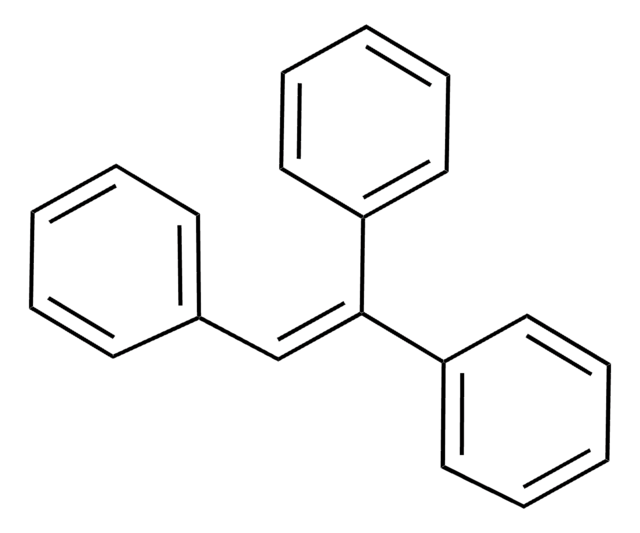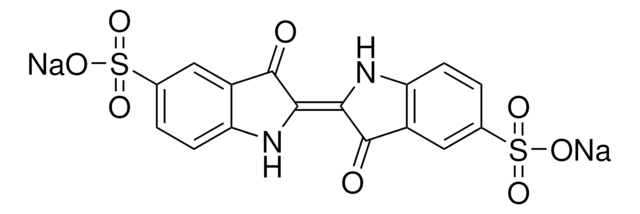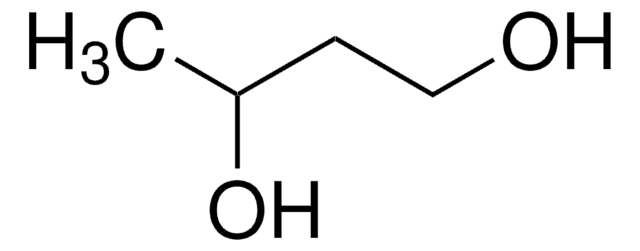223492
Potassium sulfate
ACS reagent, ≥99.0%, powder
About This Item
Prodotti consigliati
Grado
ACS reagent
agenzia
suitable for EPA 300
Saggio
≥99.0%
Forma fisica
powder
Impurezze
≤0.01% insolubles
≤5 ppm N compounds
pH
5.5-5.8 (25 °C, 5%)
Anioni in tracce
chloride (Cl-): ≤0.001%
Cationi in tracce
Ca: ≤0.01%
Fe: ≤5 ppm
Mg: ≤0.005%
Na: ≤0.02%
heavy metals: ≤5 ppm (by ICP)
Stringa SMILE
[K+].[K+].[O-]S([O-])(=O)=O
InChI
1S/2K.H2O4S/c;;1-5(2,3)4/h;;(H2,1,2,3,4)/q2*+1;/p-2
OTYBMLCTZGSZBG-UHFFFAOYSA-L
Cerchi prodotti simili? Visita Guida al confronto tra prodotti
Descrizione generale
Applicazioni
Codice della classe di stoccaggio
13 - Non Combustible Solids
Classe di pericolosità dell'acqua (WGK)
WGK 1
Punto d’infiammabilità (°F)
Not applicable
Punto d’infiammabilità (°C)
Not applicable
Certificati d'analisi (COA)
Cerca il Certificati d'analisi (COA) digitando il numero di lotto/batch corrispondente. I numeri di lotto o di batch sono stampati sull'etichetta dei prodotti dopo la parola ‘Lotto’ o ‘Batch’.
Possiedi già questo prodotto?
I documenti relativi ai prodotti acquistati recentemente sono disponibili nell’Archivio dei documenti.
I clienti hanno visto anche
Il team dei nostri ricercatori vanta grande esperienza in tutte le aree della ricerca quali Life Science, scienza dei materiali, sintesi chimica, cromatografia, discipline analitiche, ecc..
Contatta l'Assistenza Tecnica.








